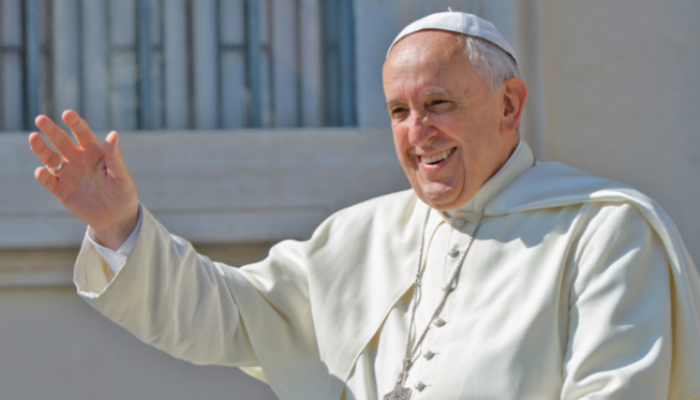Pope Francis, the leader of the Catholic Church, passed away on Easter Monday, April 21, 2025, at the age of 88 in his residence at the Vatican’s Casa Santa Marta. This marks the beginning of one of the most solemn and meticulously choreographed rituals in the Catholic tradition—the procedures that follow the death of a Pope.
The Immediate Rituals
The first official step in the process involves the Camerlengo, the cardinal responsible for overseeing the Vatican during a papal interregnum. His role is to confirm the Pope’s death by calling the Pope’s baptismal name three times. If there is no response, the Pope is formally declared dead. Following this, a death certificate is issued, and the Pope’s apartments are sealed to ensure the authenticity of his will and final instructions.
Historically, this practice of sealing the Papal Apartments served as a safeguard against opportunistic cardinals seeking to alter documents or interfere with the transition. In modern times, it assures the integrity of the succession process.
Breaking the Fisherman’s Ring
A deeply symbolic act follows: the destruction of the Pope’s Ring of the Fisherman. This gold ring, often kissed by the faithful, is removed by the Camerlengo and broken in front of the cardinals. This act signifies the end of the Pope’s reign and prevents any attempts at document forgery, marking a clear boundary between the old papacy and the transition to the next.
Communicating the News
Following the death confirmation, the Vatican follows a structured process to spread the news. The Vicar General of Rome is the first to be informed, followed by the Dean of the College of Cardinals, who then communicates the news to the other cardinals. The Vatican’s diplomatic corps, including apostolic nuncios, is tasked with informing embassies and Catholic missions across the globe.
The Pope’s Funeral and Mourning Period
The Pope’s funeral is scheduled to take place between the fourth and sixth day after his death. This event marks the beginning of the mourning period, known as the novemdiales, which lasts for nine days. During this time, the Church and its followers honor the Pope, and much of the funeral’s organization is guided by pre-determined instructions left by the deceased Pope. These instructions help ensure that his wishes are respected during this difficult time.
The Papal Conclave: Choosing a New Leader
Fifteen days after the Pope’s death, the process of selecting a new Pope begins with the papal conclave. The conclave, a secretive gathering, involves the College of Cardinals—those under the age of 80 and not excommunicated—who convene to elect the next leader of the Catholic Church.
Secrecy and isolation are paramount. Cardinals are locked inside the Sistine Chapel, where they celebrate Mass and swear an oath to follow strict rules governing the election process. Voting continues daily until one candidate secures a two-thirds majority, after which black or white smoke signals the outcome to the world. Black smoke means no decision has been reached, while white smoke signals the election of a new Pope.
Pope Francis’ death marks the beginning of an intricate and deeply reverent series of steps leading to the election of his successor. The Catholic Church, while mourning the loss of its leader, will soon embark on this sacred tradition, following the well-established customs that have been passed down through the centuries.

